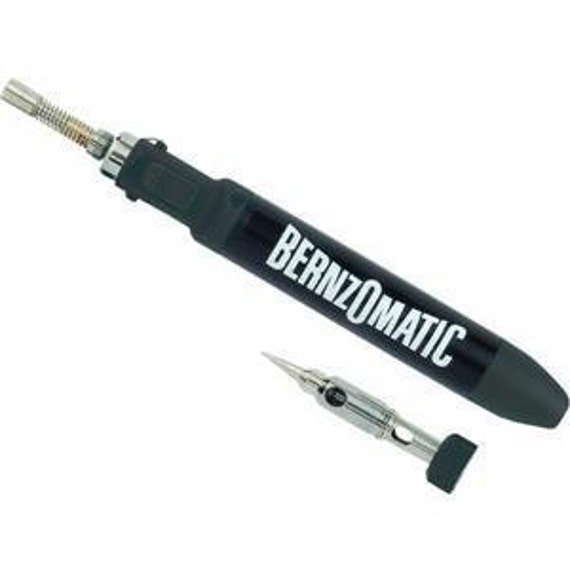Devon,
You do cover a lot of ground with these questions, and we’re only poor train guys after all. . . I did spot a couple of issues/misunderstandings for your consideration.
"controlling the voltage amperage and resistance " - one doesn’t control the amps except by controlling the volts and ohms. Ampere’s are a measure of the current (electrons) flowing because of the voltage and the resistance of the circuit. You can’t measure the amps from your power supply without a resistance applied - and then the resistance defines what the amps will be, so you know beforehand what you can expect. Ohms Law again. If you don’t know the specific resistance, then an ammeter in the circuit will tell you what is going on. [An ammeter is a very low resistance meter in series - you don’t want the meter to affect the current reading. Conversely, a voltmeter is a high resistance device in parallel. ]
"I guess I was making the wrong assumption that the material to be soldered was creating resistance and therefore heating up" I hope you now realize that this is the correct assumption - though in fact it is the resistance of the joint that is making it heat up. The joint has a low resistance (usually) and therefore a high current flows through a small area which rapidly gets hot. [Side note: high current - lots of heat in most situations. VxI = Watts = energy = heat.]
“the piece de resistance is the carbon rod. The tip of the soldering iron is a carbon rod. The work piece is low resistance and the carbon rod is high resistance” Nope. The carbon rod is effectivly zero resistance - but it doesn’t stick to solder, hence the carbon!
What you are missing is that the resistance soldering rig is a controlled short circuit.
At the point of contact, there is a joint that is higher resistance than all the other joints in the system [which is not to say that the joints at the foot pedal and at the power supply won’t get hot as well as the contact point! It depends how good the joints are and how much resistance they have. But the other joints aren’t brass or similar solderable metals, and there is no flux or solder in the joint.]
When you hit the foot pedal, you are making a short circuit. The joint will heat up, the transformer will start to heat up, as will the rest of the resistive joints. Only the soldering point has flux and solder so it solders that point together. Hopefully, you took your foot off the pedal before the power supply overheated.
There’s nothing wrong with a short circuit - it’s not pre-ordained to produce sparks or melt the wires. As long as the 12VDC circuit is only shorted for a second or two there won’t be a problem.
"I am genuinely curious as to why you don’t think the computer PSU is a good choice? What about it gives you reservation? " They are not easy to control. You need to be able to limit the output current. A transformer is made with copper wire (resistance) that will heat up as you apply the short circuit at the resistance soldering site - but it won’t explode unless you keep your foot on the switch for too long.
My understanding is that a computer PSU is a switching power supply, using electronics not a transformer. If you short it some of the electronics will melt or its internal fuse will blow.
It helps to understand that everything in a circuit has resistance to the flow of electrons (current.) The power supply, (battery, transformer, PSU) and even the joints between the wires - solder has a different resistance from copper. A circuit is usually drawn as a closed system and from that you may be able to calculate the current flow through the various resistances. One of the resistances just happens to produce a voltage as if by magic, and that gets the current flowing.
